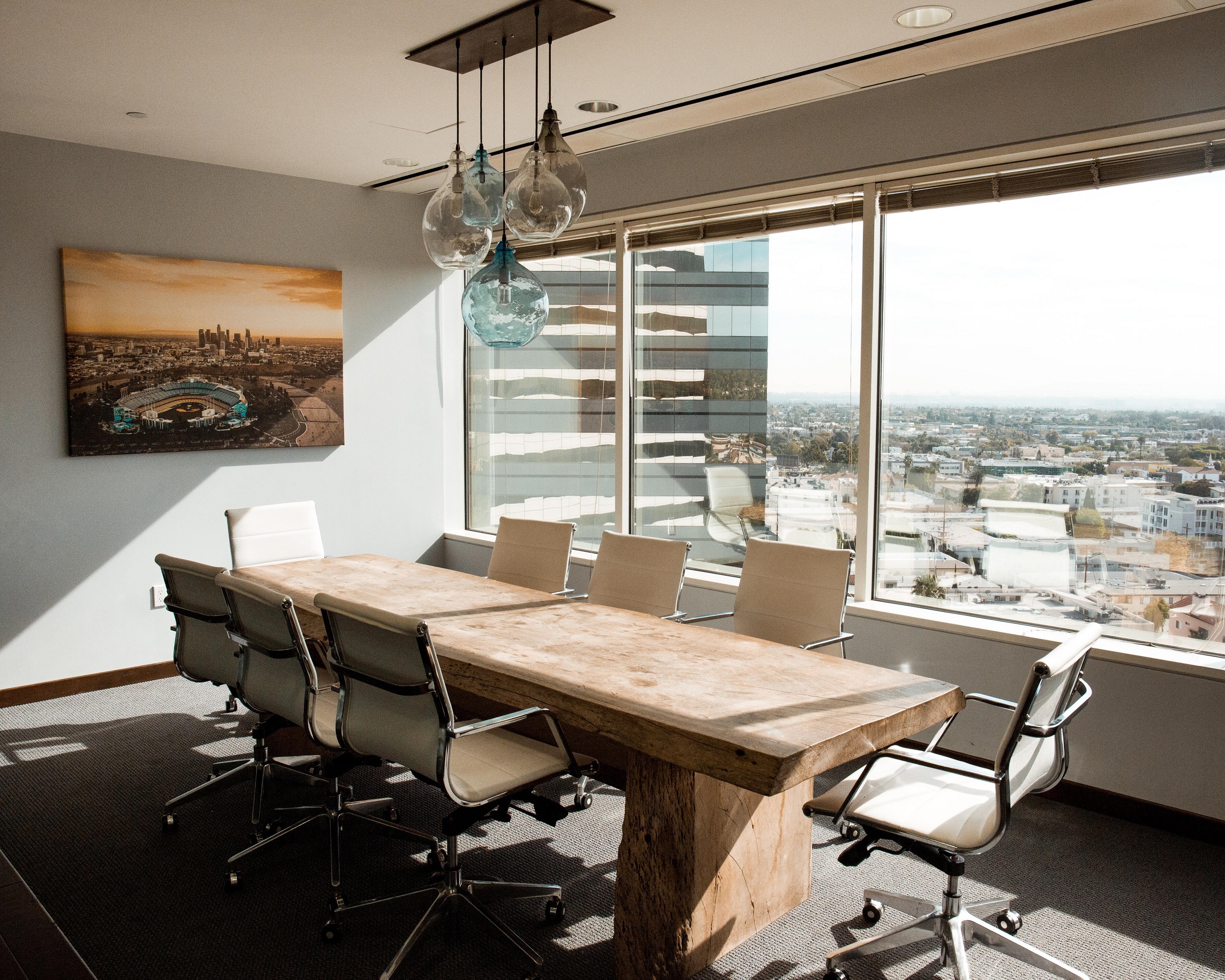Smart technology is the solution whether you’re looking to improve productivity, energy efficiency, or convenience in your office. There were more than 10 billion active IoT devices in the US in 2021, and companies are starting to benefit from this emerging technology. Keep reading as we explore the 4 key elements that will transform the future smart office. This guide will cover security, building management, and hybrid work technologies to help you upscale your operations in the coming year.
Cloud-Based Access Control
Security is essential in any office environment to prevent intrusion and secure client data. If you want to futureproof your office with smart technology, consider the benefits of cloud-based access control with mobile-first technology.
Cloud-based access control is a futureproof security solution that enables remote management and remote visibility for security data. Your security team will be able to instantly initiate lockdown procedures and evacuation procedures from anywhere using a mobile application – creating a more agile security strategy with an increased likelihood of successful security response.
With cloud-based access control, you can reduce server reliance and eliminate the need for complex wiring infrastructure. Door access readers communicate remotely, and all data is stored in a cloud-based location. Elevator access control solutions allow businesses in high-rise buildings to implement stringent access control.
Mobile access credentials are being adopted frequently in the smart office to improve cost-efficiency and make daily building use more convenient. Here are some of the benefits of access control technology:
- Lower costs – with mobile access credentials, users download a digital access key to their mobile device. This technology eliminates the need for keycards and fobs, which can cause a high expense for large-scale businesses.
- Contactless entry – the access control reader uses Bluetooth, WiFi, and cellular communication to detect a user’s mobile credentials. This means the user can enter without pressing a button or taking their mobile device from their pocket. As a result, entry becomes quicker and more hygienic.
- Easy onboarding – users do not need to wait for a keycard or fob to be created when they join the company. They can easily download the credentials as soon as they like, ensuring no inconvenience for new employees.
Easy deployment, management, and daily use make mobile-first and cloud-based access control the ideal solution for intelligent offices.

Image by rawpixel.com
Automated Building Management
Cloud-based access control offers open API integrations that allow businesses to implement integrations, helping them to get the most out of their security hardware investments and improve ROI.
One of the most financially advantageous integrations for access control is automated building management. An office can automate building management triggers based on access control events by choosing IoT-connected building management systems.
When a person enters the building and the space becomes occupied, IoT building management devices such as heating, lighting, and cooling systems will switch on. When the last person leaves the facility, these IoT devices will deactivate to conserve energy.
With the recent energy crisis, many businesses seek smart solutions to improve energy management and thus reduce monthly overheads. Automating building management triggers based on access control events allows for significant savings.
Smart Desk Management
Hybrid work models are becoming increasingly popular – they facilitate an improved work-life balance for employees and allow businesses to reduce their real estate expenditure by downsizing their office spaces.
However, to ensure efficiency in a hybrid work model, companies must take a proactive approach to ensure employees have access to office resources should they need them. Employees who visit the office need assurance that they can access desks, conference rooms, and other essential resources for improved productivity.
Many companies are investing in smart desk management solutions to make this possible. These solutions enable employees to reserve office space when they visit the office. They can view the layout of your office floorplan on a user-friendly interface.
The interface will show which resources are booked and by whom, allowing your employees to sit next to team members and friends when they visit the office. By implementing this technology, you can ensure your employees don’t show up at the office only to find they have wasted their time.

Photo by Luke Southern on Unsplash
Occupancy Management Software
As mentioned, some businesses are switching to hybrid work models to downsize their office spaces and reduce their monthly overheads. However, a company must identify whether its current office space is being used optimally.
To identify any need for downsizing, companies can implement occupancy management software. The software integrates with access control to provide detailed insight into building occupancy levels. By viewing occupancy trends, companies can assess whether downsizing is a viable solution.
Summary
Cloud-based technologies are revolutionizing how businesses operate daily, providing more work model options and supporting more convenient security. The integration potential of cloud-based technologies improves the ROI companies gain from their hardware investments and presents the opportunity for savings. Consider which of these technologies would most benefit your office.



